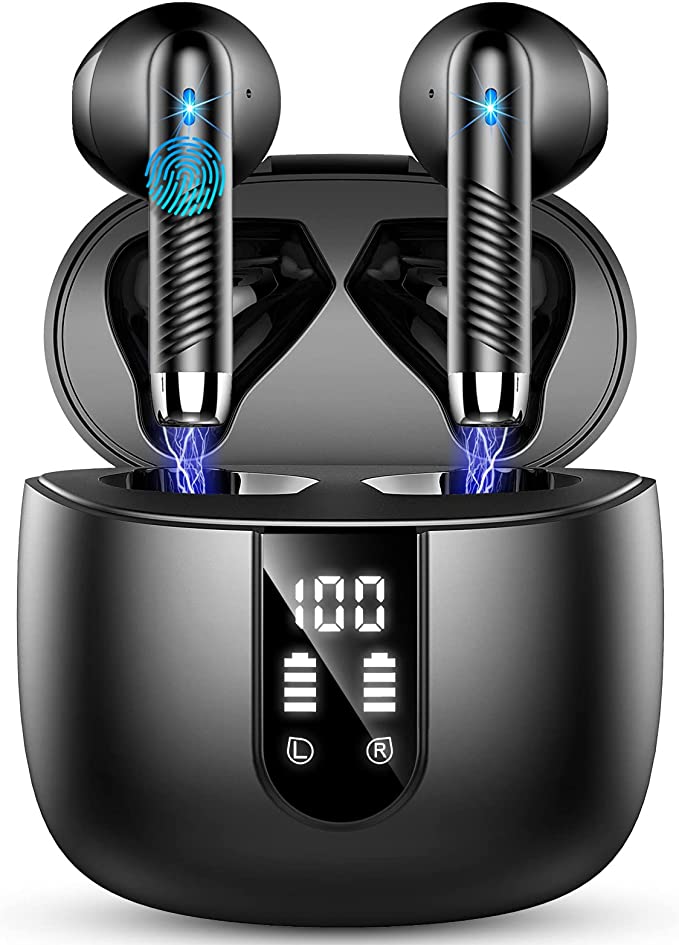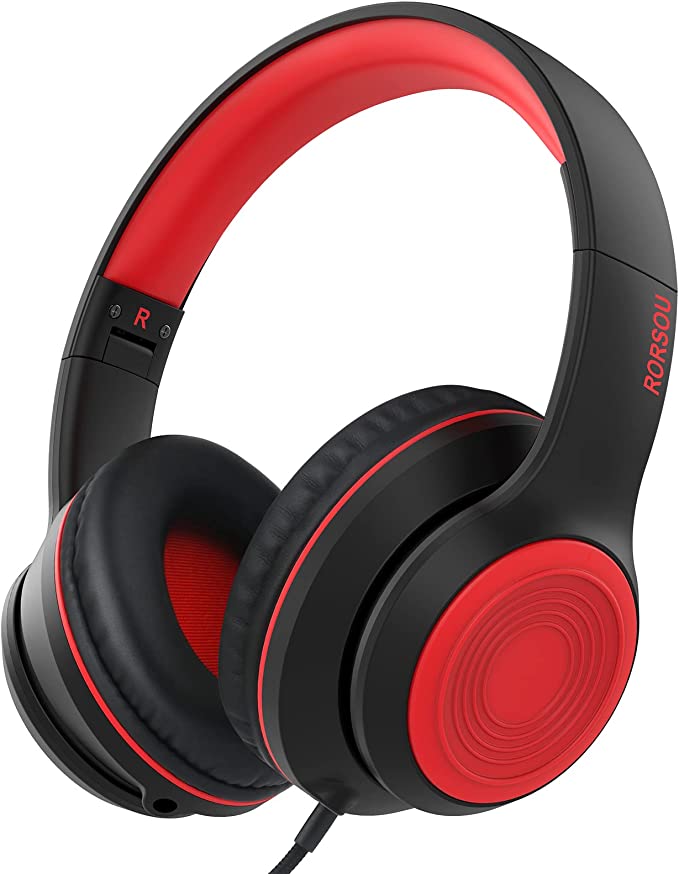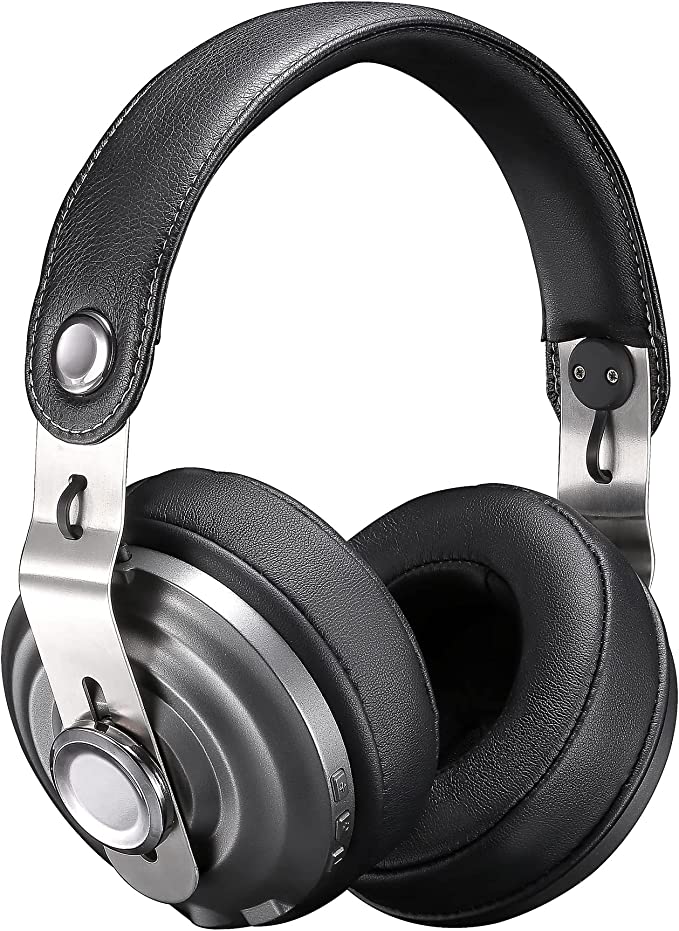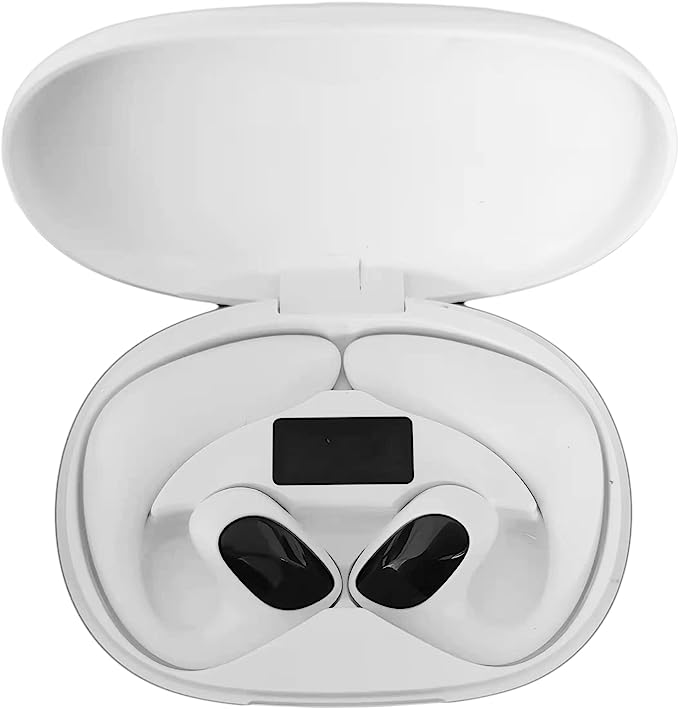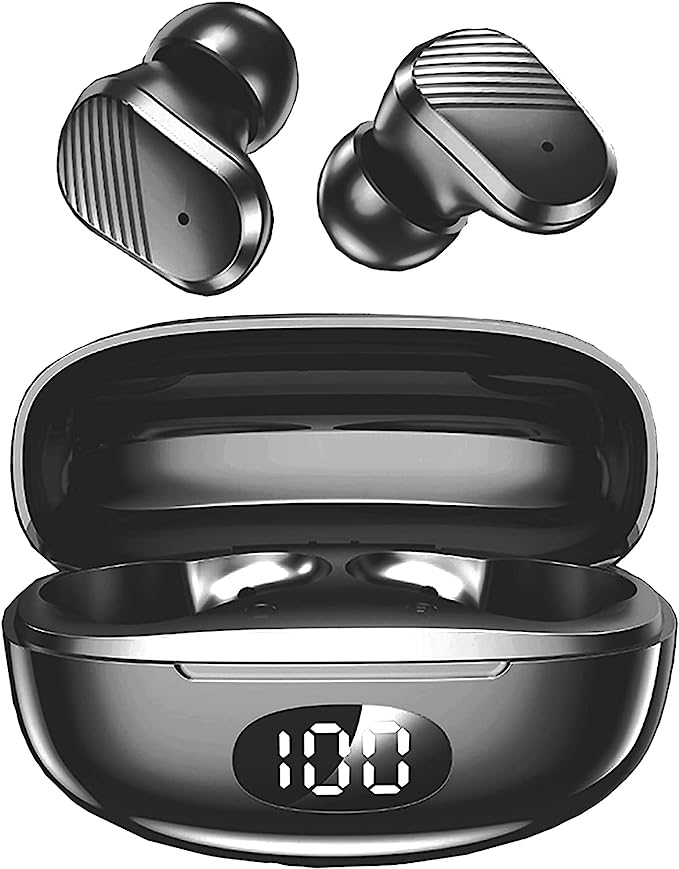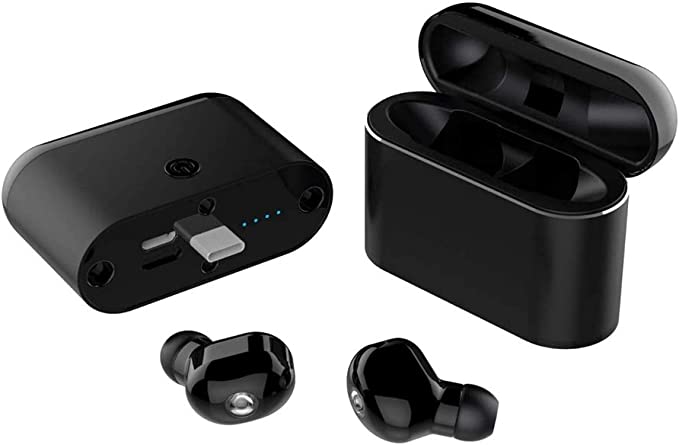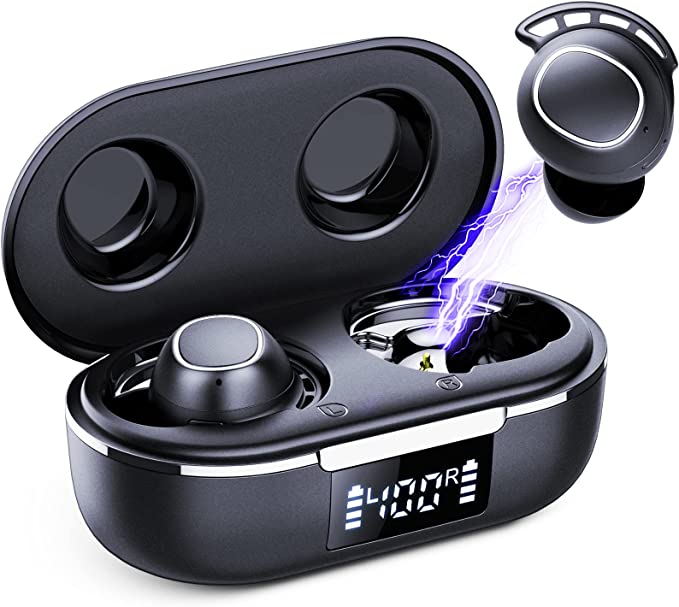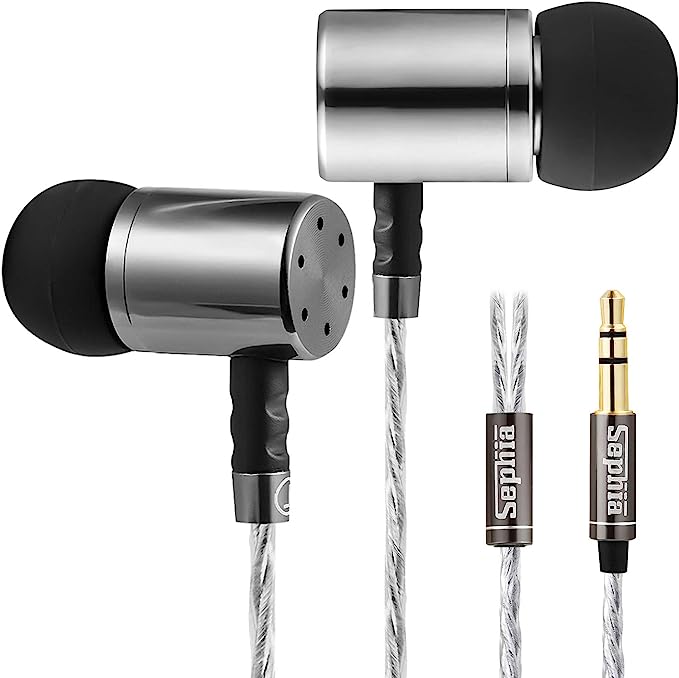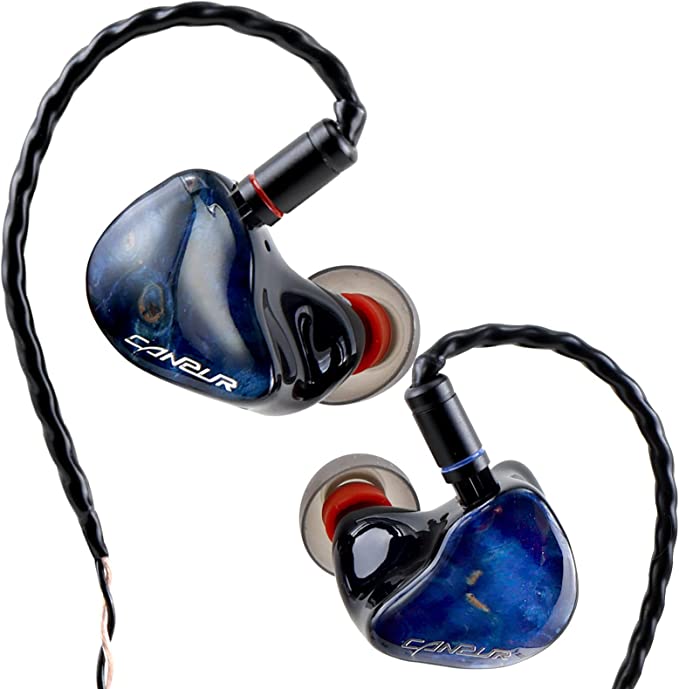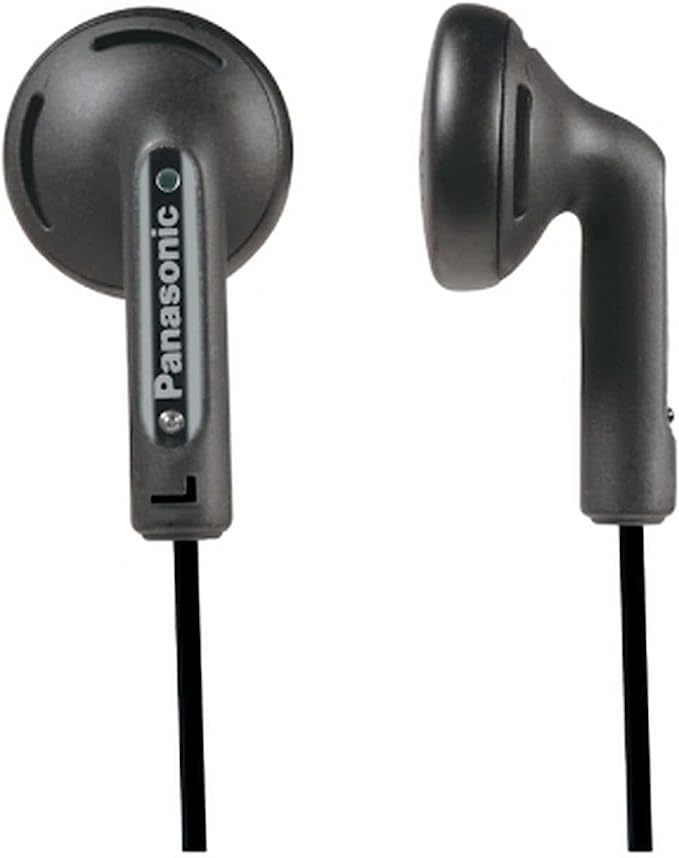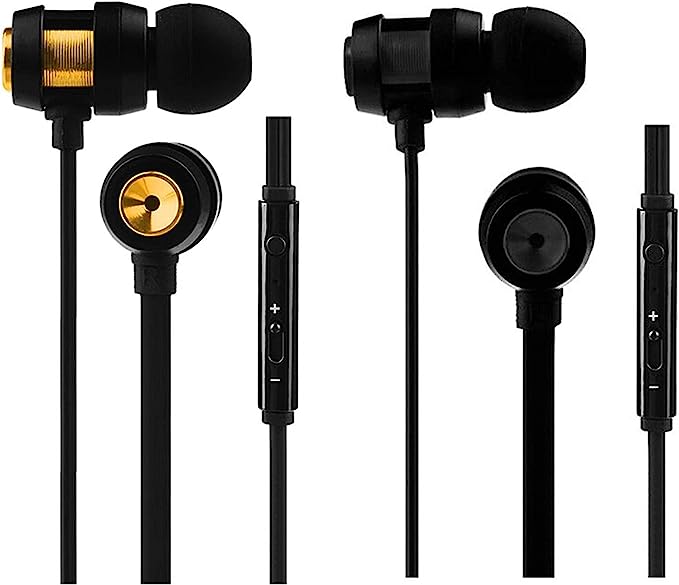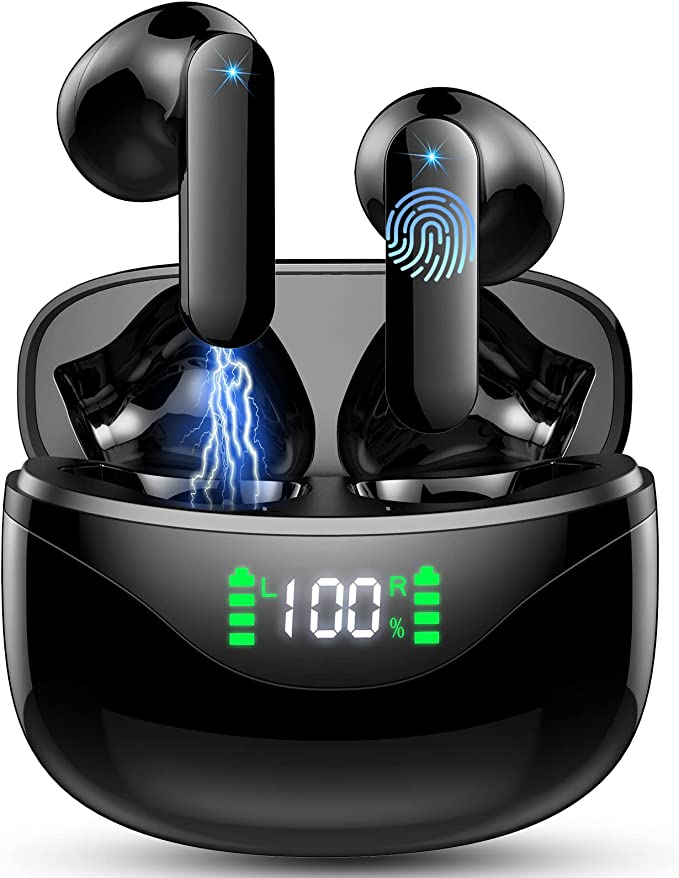Betron S2 Wireless Headphones: Untangle Your Life with Sound Science
Update on July 24, 2025, 3:37 p.m.
We’ve all been there: the frantic untangling of a bird’s nest of wires pulled from a pocket, a snagged cord yanking an earbud out mid-stride. For decades, this was the small, universal tax we paid for personal audio. Then, wireless technology arrived, promising a world of untethered freedom. Initially a luxury, this convenience has trickled down to even the most accessible price points.
This raises a fascinating question. When you pick up a pair of affordable wireless headphones like the Betron S2, which boasts strong bass, a 10-hour battery, and thousands of positive ratings, it’s easy to be skeptical. Is it a marketing illusion, or is there genuine substance behind the claims? The answer isn’t magic. It’s a masterclass in the clever application of mature, proven science. Let’s pull back the curtain and dissect the engineering that makes a product like this possible.

The Unseen Leash: Deconstructing Bluetooth Freedom
The first promise of any wireless headphone is liberation from the cable. The Betron S2 achieves this using Bluetooth technology, a standard so ubiquitous we often take it for granted. Think of Bluetooth not as a replacement for a wire, but as an invisible, short-range radio bridge. It packetizes the digital audio from your phone or tablet and transmits it via radio waves in the 2.4 GHz spectrum—the same bustling highway used by Wi-Fi, microwaves, and other devices.
To avoid a traffic jam, Bluetooth employs a clever technique called frequency-hopping spread spectrum. It rapidly switches between dozens of channels within the band, thousands of times per second, creating a robust connection that’s difficult to interrupt. This is how the S2 can maintain a stable link up to its specified range of 33 feet (10 meters), allowing you to leave your phone on a desk and move freely around a room.
But engineers know that reality is messy. Walls absorb radio waves, and other devices can cause interference. This explains why some users report a perfectly clear connection at 75 feet in a direct line of sight, yet experience choppiness when a wall gets in the way. It’s not a flaw; it’s physics. Recognizing this, the designers of the S2 included a brilliant backup plan: a standard 3.5mm auxiliary cable. This isn’t just an accessory; it’s a lesson in engineering redundancy. When the battery dies or you want to connect to a non-Bluetooth device like an old MP3 player, this simple port provides a fail-safe, ensuring the music never has to stop.

The Heart of the Beat: Why 40mm Drivers Punch Above Their Weight
Arguably the most praised feature of the Betron S2 is its sound, specifically its powerful bass. This isn’t a result of digital trickery, but of fundamental physics, centered around its two 40mm dynamic drivers.
A dynamic driver is the heart of most headphones and speakers. It works on a principle of electromagnetism you likely learned in school. An electrical signal (your music) flows through a voice coil attached to a cone- or dome-shaped diaphragm. This coil is suspended in a magnetic field created by a permanent magnet. As the electrical current rapidly changes, it creates a fluctuating magnetic force, pushing and pulling the coil—and the attached diaphragm—back and forth at incredible speeds. This movement displaces air, creating the pressure waves that our ears interpret as sound.
Here, size matters. The “40mm” refers to the diameter of the diaphragm. A larger diaphragm can push a greater volume of air with each movement. This is especially crucial for producing low-frequency sounds (bass), which require moving significant amounts of air to be felt as much as heard. It’s the same reason a home theater subwoofer is much larger than a tweeter. The S2’s 40mm drivers are the physical engine that generates the deep, accurate bass response that users consistently highlight. It’s a time-tested, cost-effective way to achieve a sound signature that is immediately gratifying for genres like pop, electronic, and hip-hop.

The All-Day Power Plant: The Quiet Marvel of the Lithium-Ion Battery
A wireless device is only as good as its battery life. The S2’s claim of 10 hours of continuous use on a single charge would have been unthinkable in a budget device a decade ago. The hero behind this feat is the Lithium-Ion (Li-Ion) battery, a technology that has revolutionized portable electronics.
Compared to older battery chemistries like Nickel-Cadmium, Li-Ion batteries possess a much higher energy density. This means they can store more energy in a smaller, lighter package. This crucial property allows designers to equip headphones like the S2 with enough power for a full day’s work or a long-haul flight without them feeling heavy or bulky. The technology has become so refined and mass-produced that incorporating a high-capacity Li-Ion cell is no longer a premium feature, but a reliable, affordable standard.

The Art of Fit: Ergonomics, Comfort, and Compromise
Sound and battery mean little if the headphones are unwearable. The Betron S2 utilizes an On-Ear (or supra-aural) design, a choice that represents a classic engineering trade-off. Unlike Over-Ear models that encircle the ear, On-Ear headphones rest directly on it. This design is typically more compact and portable, but it presents a challenge: how to stay secure without causing discomfort.
The solution involves a careful balance of two elements: clamping force and material science. The adjustable headband provides the necessary clamping force to keep the headphones stable during movement. To counteract the pressure from this force, the S2 employs earpads made of a “super soft memory-protein foam.” The key term here is “memory foam,” a viscoelastic polyurethane material. When you press on it, it yields slowly; when you release the pressure, it slowly returns to its original shape. This property allows the earpads to conform to the unique shape of your ears, distributing the clamping pressure over a wider area and reducing pressure points.

However, the balance is delicate. This explains why some users find them perfectly comfortable, while others, particularly those who wear glasses, report them feeling “a bit tight” after extended use. The arms of the glasses create a concentrated pressure point that even memory foam can struggle to fully mitigate. This isn’t a design flaw, but an inherent compromise of the On-Ear form factor—a decision made to prioritize portability and a snug fit, which in turn helps with passive noise isolation and enhances the perception of bass.

In the end, the Betron S2 is not a product of revolutionary invention, but of brilliant integration. It’s a testament to the power of mature technology. The foundational principles of Bluetooth, the decades-old science of dynamic drivers, the global standard of Li-Ion batteries, and the thoughtful application of material science all converge. They create a device that delivers a genuinely satisfying audio experience, proving that you don’t need to break the bank to enjoy the fruits of decades of scientific progress. Understanding this allows us to see past the marketing and appreciate the quiet engineering elegance hidden within the everyday objects we use and love.




